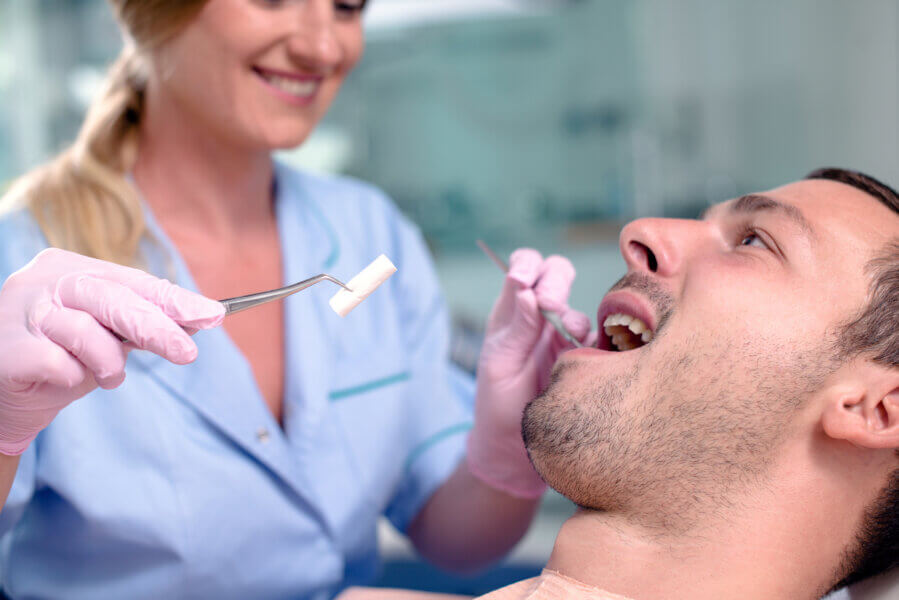
Is it Possible to Reverse Periodontal Disease?
Many men and women wonder if it’s actually possible to reverse periodontal disease, and the answer may encourage you. In most cases, it’s definitely possible to reverse the early stage of periodontal disease. Even if you have advanced periodontal disease, there’s help and hope. Here’s what you need to know.
Gingivitis and Periodontitis: Why You Need to Reverse Them
Gingivitis is the first stage of periodontal disease and it’s extremely common today. It occurs when the natural bacteria inside your mouth combines with food particles and mucus to create a very thin layer of plaque on your teeth. Although brushing your teeth does eliminate most plaque, it’s easy to miss plaque in the places, like between your teeth or in the very back of your mouth. Gingivitis can cause problems such as bad breath, sore gums, and gum inflammation.
When plaque is not removed for an extended period of time, it will harden and grow into tartar. Tartar is tougher to remove because it doesn’t respond to brushing alone. Your dentist or dental hygienist is the only one who can remove tartar. If plaque and tartar are not dealt with properly, it can lead to a loss of gum health, which could result in inflamed gums or gingivitis.
Over time, gingivitis turns into severe gum disease when it’s not treated. Periodontitis is an advanced stage of gum disease. It is much more serious than gingivitis and can cause gum loss or eventually tooth loss. With periodontitis, you may see gaps in your gums. Your teeth may also feel loose. Often, periodontitis sufferers experience severe gum pain and bleeding.
Reversing Gum Disease: What You Can Do
You can often reverse gingivitis by brushing, flossing, and getting regular dental care. You may also need to use a special prescription rinse to help prevent plaque. If your gingivitis is growing more severe, or if you already have periodontitis, your periodontist will likely recommend treatments such as:
- In-depth dental cleaning – including scaling and root planing
- Gum grafts to rebuild your lost gum tissue
- Removal of severely damaged teeth
- Tooth replacement using dental implants
Deep dental cleanings for periodontal disease is known as scaling and root planning. Your dental care provider will do much more than they do in a standard tooth cleaning. They clean the bacteria, plaque, and tartar from above and below your gums.
They move into the gum pockets (between your gums and teeth) to remove any bacteria that is trapped there. This type of deep cleaning even includes smoothing out your tooth roots that have been affected by plaque and tartar. Often, a deep dental cleaning is done while you’re under some type of anesthesia to ensure your comfortable and pain-free.
What To Do If You Already Have Periodontal Disease?
Having periodontal disease, especially periodontitis, may require more frequent dental cleanings. Most patients need dental cleanings every six months. However, with gum disease, you may need to have cleanings every three months instead.
When you opt for dental implants after losing your teeth due to severe gum disease, it’s important to remember that you still need healthy gums and jawbone to support the implants. Overall, it’s simply easier to reverse periodontal disease while you still can than. Restoring your oral health after periodontal disease does require your commitment, but it’s very possible. Every case is unique. Your periodontist will work with you to help you reverse gum disease and maintain optimal oral health.
Reversing periodontal disease is possible when you have the help of experts like those at Vero VIP Implants & Periodontics. At Vero VIP, we practice and focus on placing dental implants and preventing, diagnosing, and treating periodontal disease. Contact us now to make your appointment.